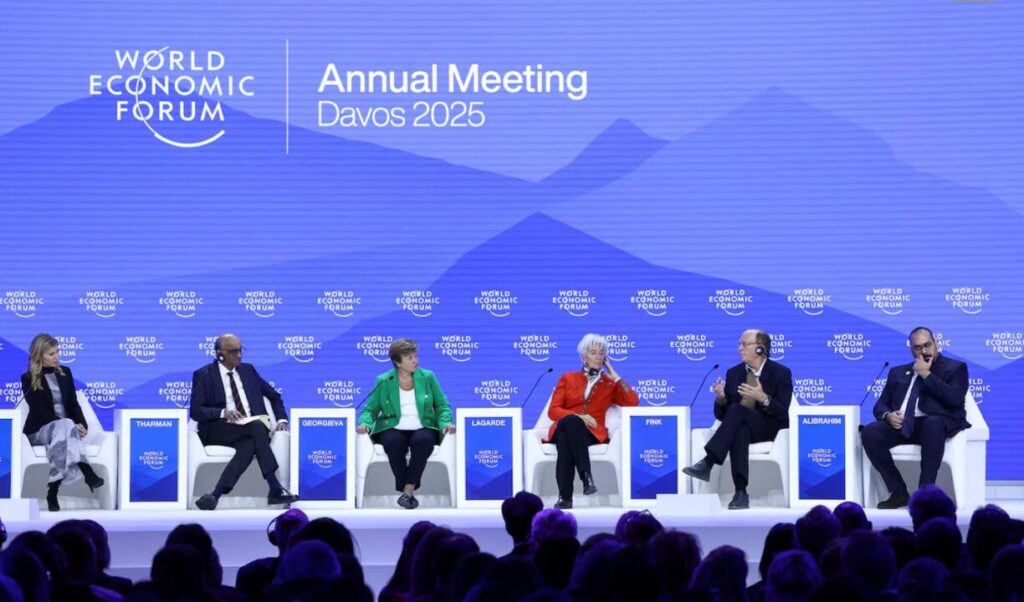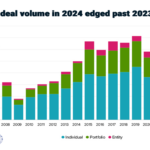
Two disparate views on sentiment in European markets have emerged in the last week. On the one hand, the ECB’s Lending Survey of 28 January in which the ECB canvassed views from 155 senior loan officers between December and January. It highlighted a tightening of credit standards “especially in commercial real estate, wholesale and retail trade, construction and energy-intensive manufacturing”. The flip side is Larry Fink’s more upbeat perspective at Davos, where he expressed the view that Euro pessimism is overdone and that it’s probably time to be investing back into Europe.
Yesterday the ECB cut its deposit rate to 2.75% and various commentators have expressed the view that it must be frustrating for the ECB that its cutting agenda does not yet appear to have resulted in meaningful monetary easing through the lending channel. While the talk in Davos was of capital union to enhance Eurozone liquidity, the other conclusion to be drawn is the importance for Europe of further developing its non-banking credit ecosystem. In real estate for instance, between 70-80% of CRE lending is bank driven in the Europe compared to <40% in the US. Diversity of capital provision allows for diversity of risk assessment and appetite. In the meantime, as banks struggle to recalibrate their risk exposure, there is a structural liquidity shortfall in European credit markets that offer diverse and attractive opportunity set for credit funds willing to fill the void.


